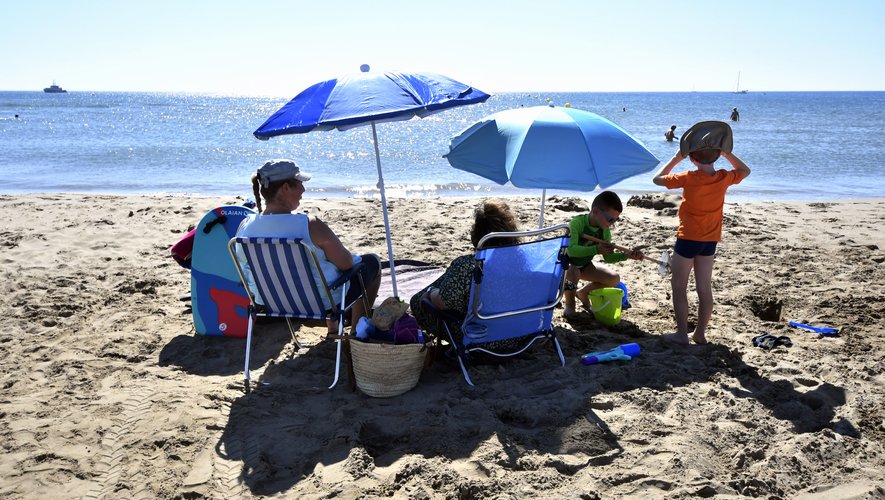For Professor Christophe Bedane (CHU of Dijon), member of the French Society of Dermatology (SFD), even if an awareness of the dangers of the sun has been made for twenty years, prevention efforts must be continued. .
Are our behaviors changing in the right direction in the face of the sun?
There has been better for twenty years with a real awareness of the population. We no longer see children completely naked on a beach as it used to be. The little ones generally wear bucket hats, sunglasses, t-shirts. In terms of public health, a communication effort has been made. And I remind you that solar radiation has been considered a level 1 carcinogen (which causes or can cause cancer) – exactly like tobacco for lung cancer for example – since 2009 by the World Health Organization (WHO) .
But that is not enough ?
We must increase our efforts, there are still people who do not measure the dangers of the sun, and we see some of them in consultation. We must hammer home this message, especially since the subject is not much discussed by general practitioners and even among dermatologists. I would say that 10 to 20% of specialists bring up the question if it is not asked by the patient. There is still work to do.
Why is the June sun particularly more dangerous?
At this point of the year, the skin is not really prepared. It is therefore at this time that you really need to protect yourself because the risk of sunburn is more significant compared to the end of summer. And of course, catching it is a marker of future cancers, in particular melanomas, the incidence of which doubles every ten years. We should reach a plateau, but we still have generations who were children in the 1960s and who did not protect themselves at all.
Read also :
Weather: why is the sun particularly dangerous for the skin in June?
Are we all equal in the face of the sun?
The darker a person’s phototype, the more they are naturally protected from the sun. Red subjects are particularly exposed because they do not have a very effective melanin. Regarding the age groups, it is the children who must be watched. Half of the sun exposure of a lifetime occurs before the age of 16. It is therefore a crucial period. People with lots of moles also need to be more careful. And I want to dismantle a received idea, you can get a sunburn even with tanned skin.
“It’s really the daily exposure that is the most important”
Is there a risk in not protecting yourself from the sun when you go out on the street for daily journeys on foot, for example?
It is really the daily exposure that is the most important. Often people say, “I’m not exposing myself”. So of course they are not on a beach for three hours but they forget gardening in front of the house, going for a walk in town, shopping… You also have to protect yourself in those moments. For bald subjects, it must be remembered: wearing a cap – which is the best protection – or a hat is a necessity. Clothing is the most effective way to protect yourself.
Besides the risks of cancer, what are the negative effects of the sun?
First, there is the acceleration of skin aging. The skin becomes wrinkled, with pigment spots that multiply. Then there are also all the precancerous lesions (actinic keratosis) which can either remain as they are, or develop into cancer. Often, for men who have no hair, they can appear from the age of 45-50. It happens quite early.
However, there are benefits…
Yes of course ! The sun has an impact on thymia: we are all in a better mood when the weather is nice. Light is one of the treatments for seasonal depression. Thanks to the sun, vitamin D is also synthesized (essential for growth and good bone health).

